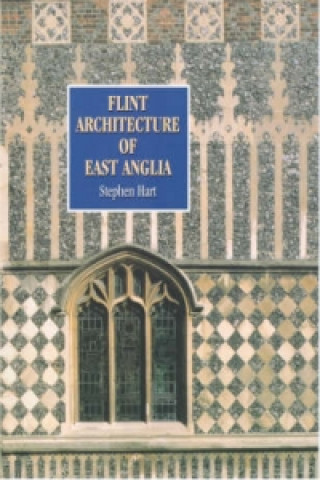
Kód: 04312012
Flint Architecture of East Anglia
Autor Duke Grafton
East Anglia has a unique and very substantial heritage of flint-built churches and secular buildings over a wide area that range from Saxon times to the 20th century, many of them of exceptional beauty, and most in a good state of ... celý popis
- Jazyk:
 Angličtina
Angličtina - Vazba: Brožovaná
- Počet stran: 160
Nakladatelství: Giles De La Mare Publishers, 2000
- Více informací o knize

726 Kč
Dostupnost:
50 % šance Máme informaci, že by titul mohl být dostupný. Na základě vaší objednávky se ho pokusíme do 6 týdnů zajistit.
Máme informaci, že by titul mohl být dostupný. Na základě vaší objednávky se ho pokusíme do 6 týdnů zajistit.Prohledáme celý svět
Mohlo by se vám také líbit
-

Small Woman, Big Skillet
1429 Kč -
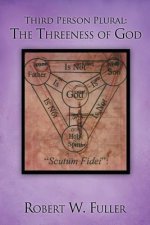
Third Person Plural
759 Kč -

Building Inequality
2458 Kč -

Guide to Open Innovation and Crowdsourcing
634 Kč -
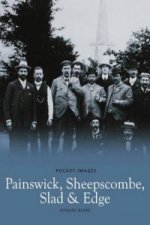
Painswick, Sheepscombe, Slad and Edge
210 Kč -

Economics of Regulating Road Transport
3189 Kč -

Works Volume 7
1096 Kč
Dárkový poukaz: Radost zaručena
- Darujte poukaz v libovolné hodnotě a my se postaráme o zbytek.
- Poukaz se vztahuje na celou naši nabídku.
- Elektronický poukaz vytisknete z e-mailu a můžete ihned darovat.
- Platnost poukazu je 12 měsíců od data vystavení.
Informovat o naskladnění knihy
Zadejte do formuláře e-mailovou adresu a jakmile knihu naskladníme, zašleme vám o tom zprávu. Pohlídáme vše za vás.
Více informací o knize Flint Architecture of East Anglia
Nákupem získáte 73 bodů
 Anotace knihy
Anotace knihy
East Anglia has a unique and very substantial heritage of flint-built churches and secular buildings over a wide area that range from Saxon times to the 20th century, many of them of exceptional beauty, and most in a good state of preservation. Stephen Hart considers that these buildings, in which a large number of different flintwork techniques and designs are used that are partly functional, partly dependent upon local materials and partly aesthetic in inspiration, constitute an important part of our heritage. It has only been scantily treated in previous works. His book is the first comprehensive one to be written on English flint architecture and is likely to become the definitive work on the subject. He shows that, although some of these techniques and designs are also to be found in other chalkland regions of England, including Hampshire, Sussex (e.g. Goodwood House), Kent, Wiltshire and Dorset, the greatest variety is in East Anglia. He has devised a classification system based on analysis of the materials and workmanship in flintwork which distinguishes between different types of flint, including flint combined with brick and stone. The numerous colour plates and black and white photographs convey the fascinating multiplicity of styles to be found, some of them reminiscent of the work of contemporary artists like Richard Long, and the virtuoso skills of the craftsmen who created them. There is a deeper consciousness and wider appreciation of vernacular architecture today in Britain than there has ever been, and the book could well inspire people to explore new possibilities in the use of flint architecture. Apart from its general appeal, it is a book that will strike a particular chord among architects, designers, craftsmen, local historians, artists and regional councils responsible for planning and conservation.
 Parametry knihy
Parametry knihy
Zařazení knihy Knihy v angličtině The arts Architecture Architectural structure & design
726 Kč
- Plný název: Flint Architecture of East Anglia
- Autor: Duke Grafton
- Jazyk:
 Angličtina
Angličtina - Vazba: Brožovaná
- Počet stran: 160
- EAN: 9781900357180
- ISBN: 1900357186
- ID: 04312012
- Nakladatelství: Giles De La Mare Publishers
- Hmotnost: 592 g
- Rozměry: 246 × 187 × 15 mm
- Datum vydání: 17. April 2000
Oblíbené z jiného soudku
-

Architectural Styles
543 Kč -

Conditional Design
317 Kč -

Detail in Contemporary Residential Architecture 2
1211 Kč -

Green Architecture
505 Kč -

BIG. Yes is More. An Archicomic on Architectural Evolution
616 Kč -

Fast Guide to Architectural Form
432 Kč -

Detail in Contemporary Timber Architecture (paperback)
810 Kč -

Detail in Contemporary Concrete Architecture
1022 Kč -

Detail in Contemporary Glass Architecture
1345 Kč -

Architectural Acoustics
1821 Kč -

Small Eco Houses
742 Kč -

Cabin Porn
305 Kč -

Conservatory
1161 Kč -

Skyscrapers
755 Kč -

How to Read Buildings
371 Kč -
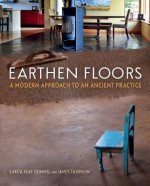
Earthen Floors
695 Kč -
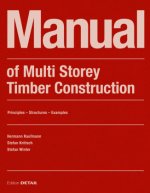
Manual of Multistorey Timber Construction
2787 Kč -

Clay and lime renders, plasters and paints
849 Kč -

Adaptive Reuse in Architecture
1526 Kč -

Berlin - The Architecture Guide
702 Kč -

Contemporary Concrete Buildings
518 Kč -
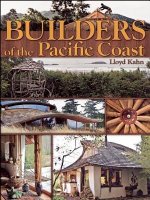
Builders of the Pacific Coast
692 Kč -

Complete SketchUp Companion for Interior Design
2645 Kč -

Essential Rammed Earth Construction
1029 Kč -

Where Architects Sleep
512 Kč -
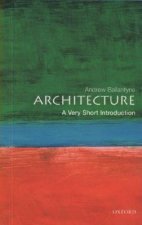
Architecture: A Very Short Introduction
249 Kč -

Building with Cob
849 Kč -

Floor Plan Manual Housing
1461 Kč -

Pattern and Ornament in the Arts of India
614 Kč -

Passive House Details
1580 Kč -

Manual of Recycling
2632 Kč -

Parametric Design for Architecture
933 Kč -

Canon of the Five Orders of Architecture
354 Kč -

Introduction to Architectural Science
1682 Kč -

Design Drawing, Third Edition
1569 Kč -

Building Structures Illustrated - Patterns, Systems, and Design, Second Edition
1389 Kč -

Handbook of Biophilic City Planning & Design
1082 Kč -
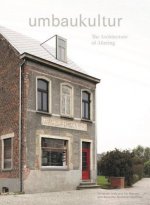
Umbaukultur
1090 Kč -

Essential Light Straw Clay Construction
999 Kč -

Owner Builder's Guide to Stone Masonry
590 Kč -

100 Buildings
542 Kč -

Buildings of New York
541 Kč -

Place to Call Home
1249 Kč -

Prefabricated and Modular Architecture
602 Kč -
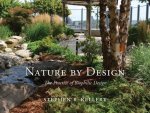
Nature by Design
1036 Kč -

Chinese Architecture (Cultural China Series, Englische Ausgabe
787 Kč -

Rendering in SketchUp - From Modeling to Presentation for Architecture, Landscape Architecture and Interior Design
1388 Kč -

Making Dystopia
744 Kč -
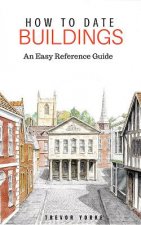
How to Date Buildings
188 Kč
Osobní odběr Praha, Brno a 12903 dalších
Copyright ©2008-24 nejlevnejsi-knihy.cz Všechna práva vyhrazenaSoukromíCookies


 Vrácení do měsíce
Vrácení do měsíce 571 999 099 (8-15.30h)
571 999 099 (8-15.30h)